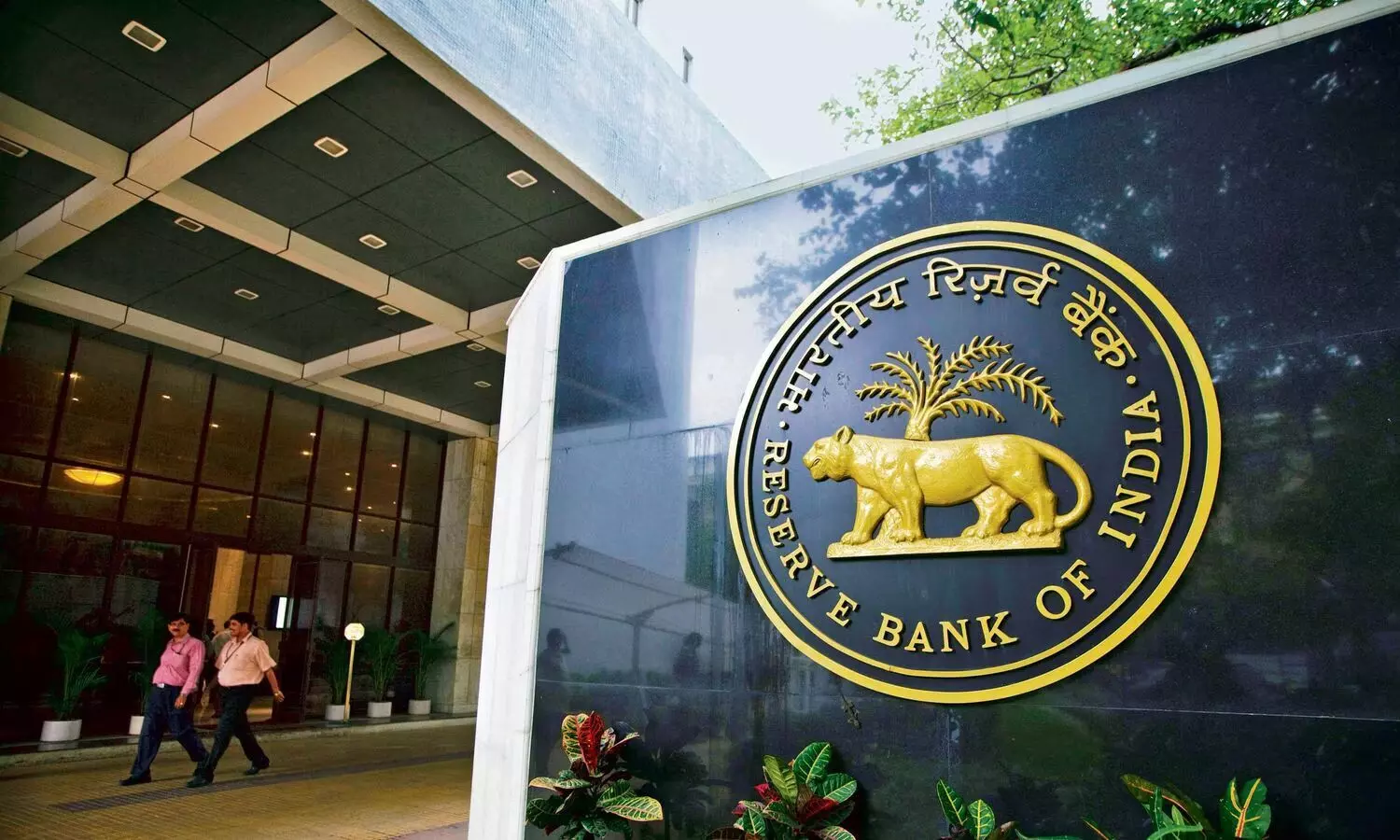Private Banks write off loans to make books look good: RBI
RBI warns private banks against loan write-offs to mask asset quality issues in its Financial Stability Report. Despite GNPAs hitting a 13-year low of 2.6% in 2024, concerns grow over unsecured loan slippages.
Private Banks write off loans to make books look good: RBI

The Reserve Bank of India (RBI) has advised private banks against writing off their loans to improve the appearance of their accounts. This practice might hide delinquencies relating to unsecured lending instruments-the real picture of asset quality, as per the RBI in its Financial Stability Report (FSR) released on Monday.
Well, according to the old data, the banking regulator's concerns have come after the news of improvement in any GNPA ratios, which had reached a decadal low in 2024-25. GNPAs at a system level depreciated to a quoted thirteen-year low of 2.6% in September 2024. Meanwhile, net NPAs fell by 0.56% at the same time.
Details from the report state as follows, "-Because of declining slippages, increased write-offs, and stable demand for credit, the gross non-performing assets (GNPA) ratio of 37 banks fell to a multi-year low of 2.6 percent." RBI, too, has raised concerns about dilution in underwriting standards.
The proportion of net non-performing assets to net loans, that is the net NPA ratio, stood at 0.6% according to the FSR report which was the latest in the genre released by the RBI on a half-yearly basis.
It can be noted that the report identifies that newly added NPAs in retail loan portfolios are mainly credited to unsecured loan-related slippages, which stand at 51.9% as of September 2024.
According to the report, the liquidity coverage ratio of the banking system fell from 135.7% in September 2023 to 128.5% in September 2024 due to an increase in net cash outflows, which in turn has been the result of an increase in less stable sources of funding.
During the last two years, the proportion of large borrowers in the total gross non-performing accounts steadily declined. It claims that the asset quality of major borrower portfolios has improved considerably.

